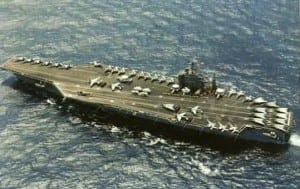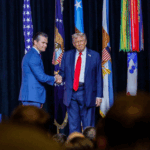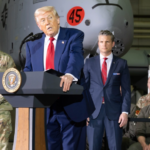
Fresh off his third trip to Asia since being confirmed as Secretary of Defense in February, Ashton Carter on Saturday underscored the U.S. commitment to maintaining peace throughout the Asia-Pacific region, where China is asserting its right to exploit resources and undertaking an unsettling campaign of expansionist land reclamation.Speaking to the annual Reagan National Defense Forum in Simi Valley, Calif., Carter said China and Russia threaten a “global order” of relative peace and cooperation that began when the Soviet Union…

 By
By 











